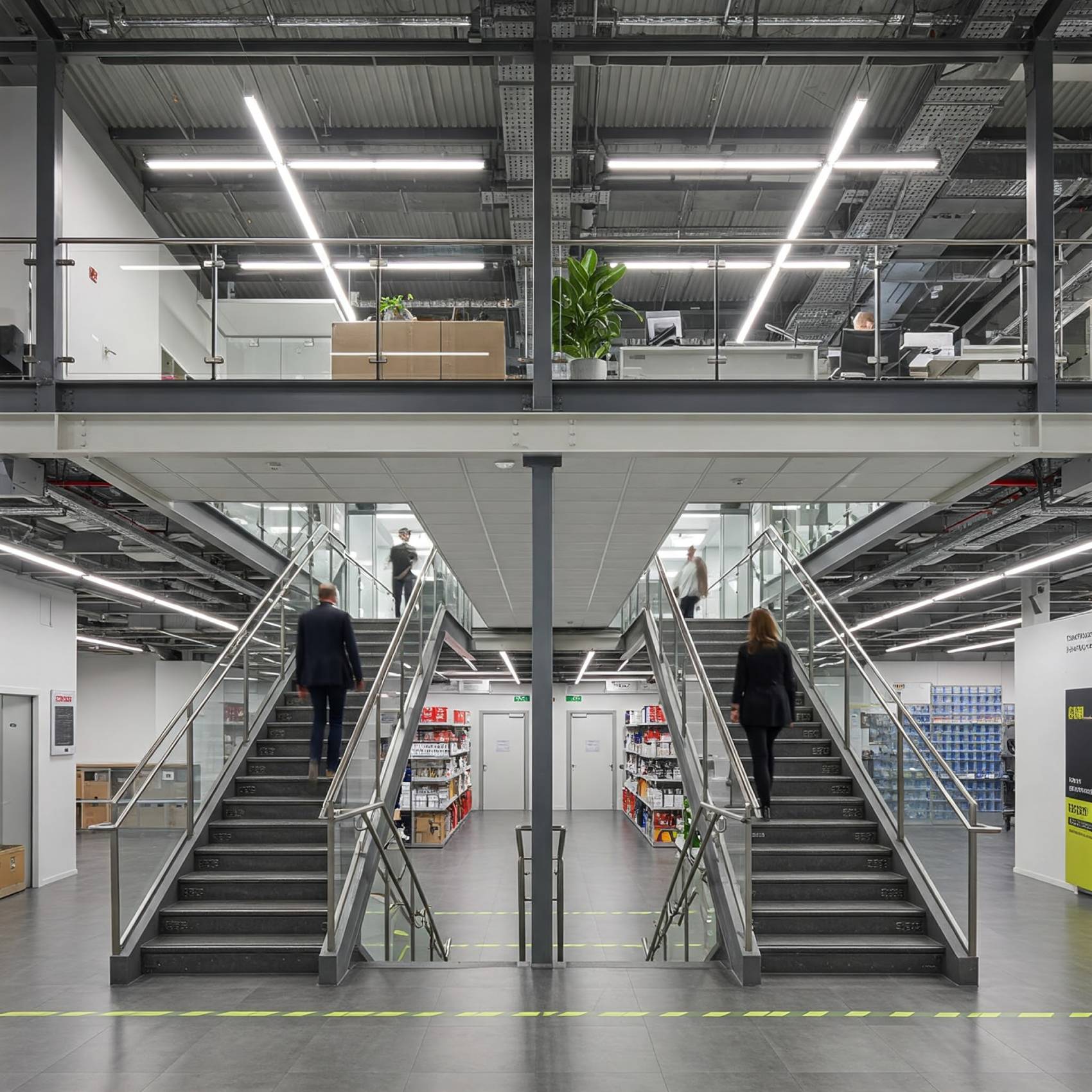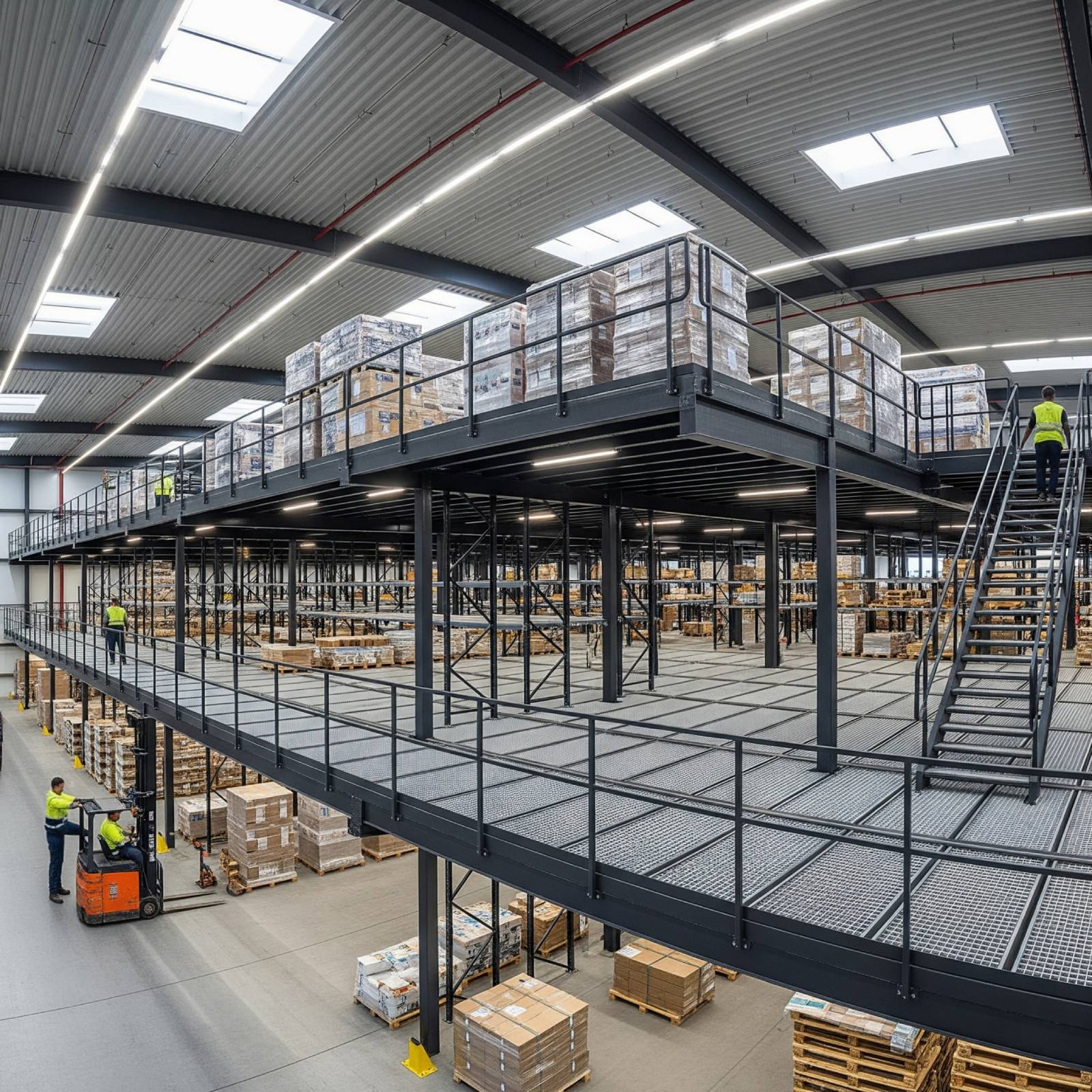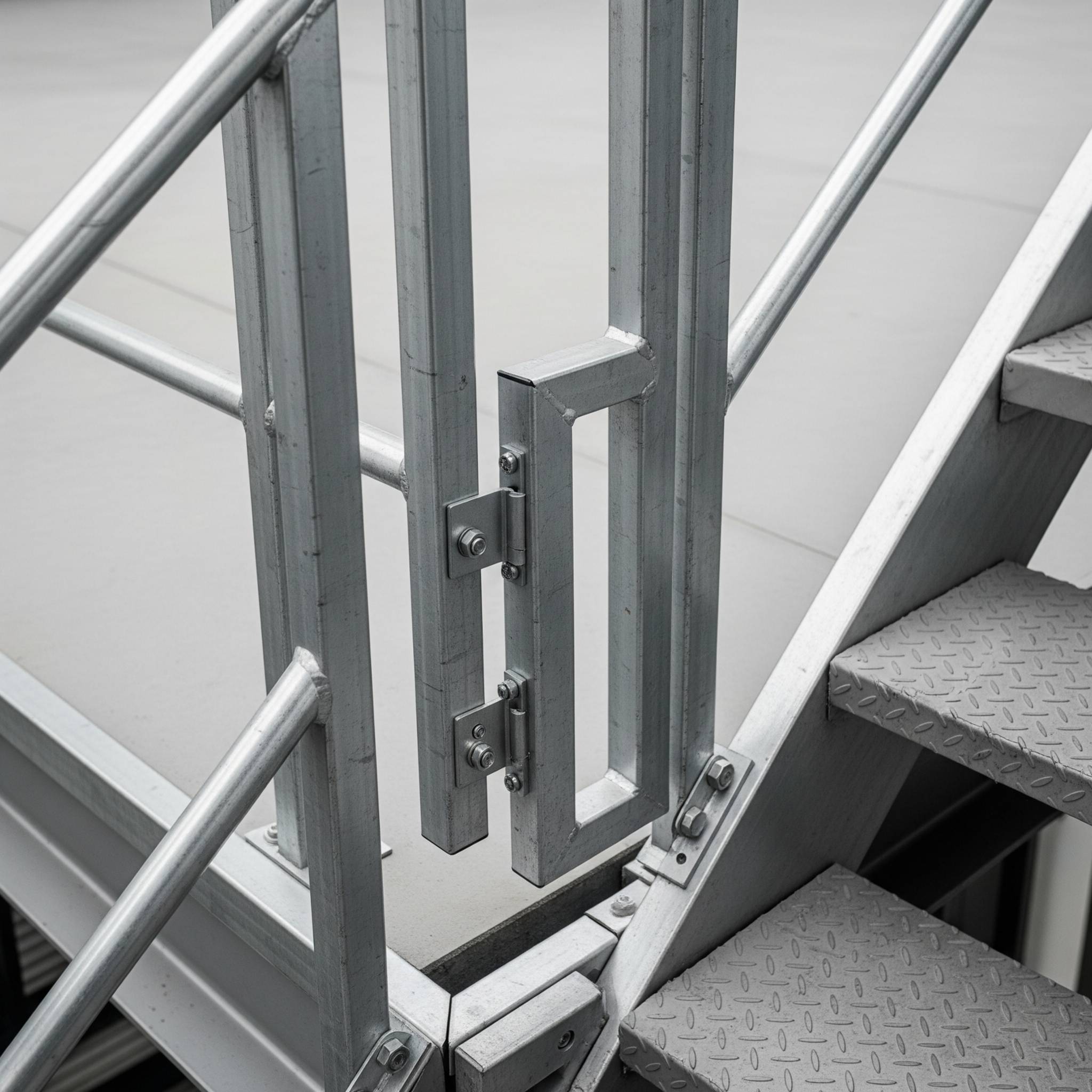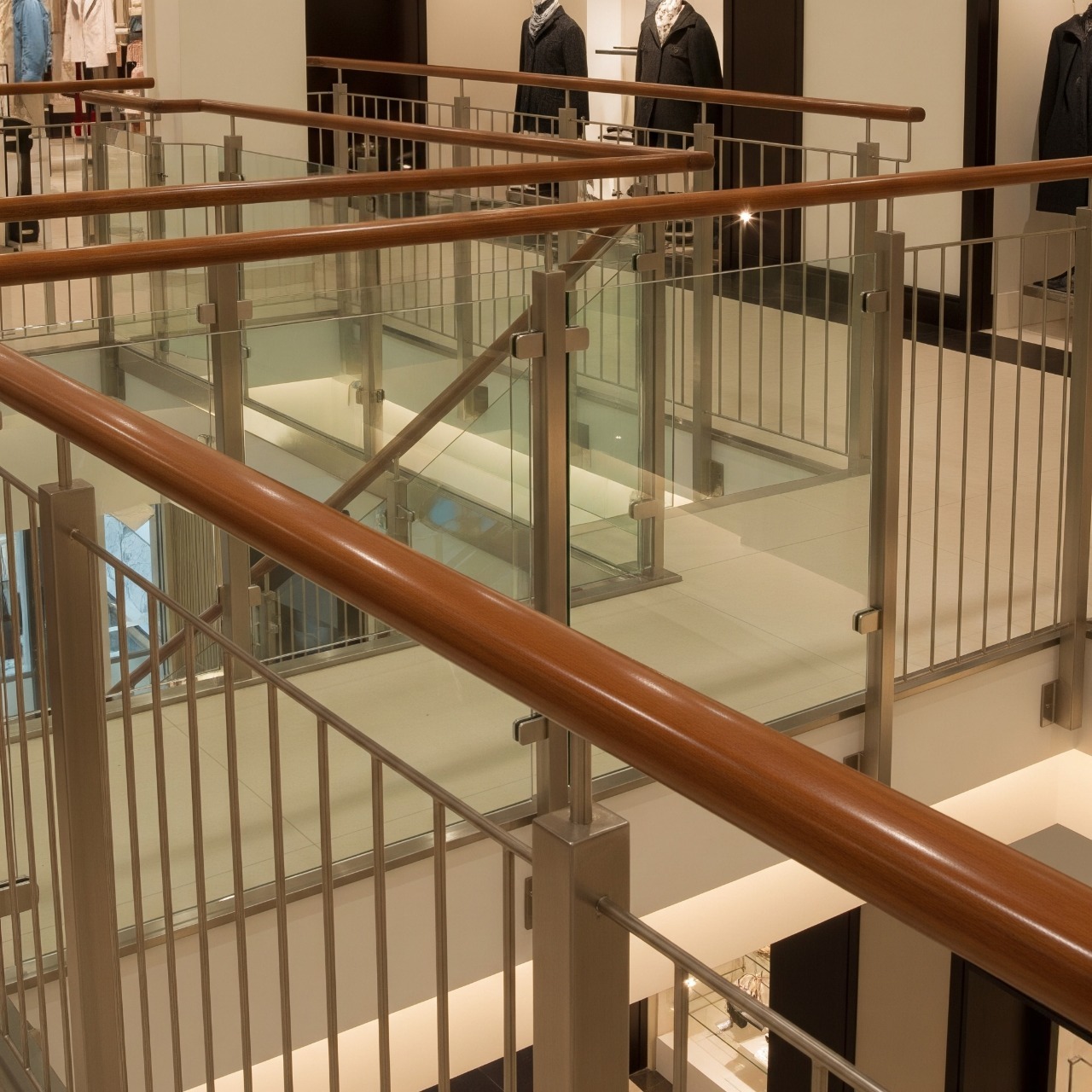Split-Level Thinking: Can You Install More Than One Staircase on a Mezzanine Floor?

When space is tight and your business is growing, mezzanine floors offer a practical, cost-effective way to expand—without relocating. But while most people focus on the platform itself, there’s one key design feature that can make or break usability: The Staircase
And not just a staircase—what if you need more than one? Let’s dive into when, why, and how multiple staircases make sense.
Why Add More Than One Staircase to a Mezzanine?
Adding multiple staircases isn’t just about convenience—it can be essential for safety, workflow, and compliance. Here are the top reasons you should consider more than one staircase:
- Size & Square Footage
If your mezzanine spans a large area, relying on a single staircase can lead to:
- Bottlenecks during shift changes or customer flow
- Increased walking distances, slowing down tasks and productivity
- Uneven usage of space, with traffic clustering around the single access point
- Delays in emergency evacuation, especially in long, narrow layouts
Placing two or more staircases at different ends improves circulation and ensures people can move around more freely.
- Health & Safety Compliance
UK Building Regulations and fire safety guidelines may require a second staircase in certain scenarios: Two staircases reduce the distance any person must travel to exit the mezzanine, which is critical in emergencies.
- Mezzanines longer than 20 metres typically need two means of escape
- High occupancy spaces, such as offices, gyms, or retail floors, may trigger this requirement
- Public access areas are subject to stricter evacuation standards
- Fire risk assessments often recommend multiple exits for added safety
- Different Zones, Different Access
Mezzanine floors are often divided into specific uses. Multiple staircases allow clear access to each area, such as:
- Storage and inventory on one side; office or admin space on the other
- Customer areas vs. staff-only zones
- Consultation spaces separated from busy operational sections
- Improved Flow & Productivity
Operational efficiency can be heavily influenced by how staff move around the building. More staircases mean:
- Shorter routes between tasks, especially in picking or packing environments
- Reduced congestion in high-traffic areas or busy periods
- Better time management, especially for multi-shift workforces
- Optimised flow of goods or people, particularly where materials move between levels
- Public vs. Private Access
A mezzanine serving both public and staff functions needs clear division. Separate staircases allow you to:
- Guide customers toward consultation, lounge, or display areas
- Restrict access to staff-only areas like stockrooms or HR offices
- Create a premium experience with customer-facing stairs that are stylish, well-lit, and brand-aligned
- Support compliance with insurance and liability standards by separating traffic types
In a retail showroom or dealership, this can even enhance the customer journey and increase time spent in high-value zones.
- Fire Exit Strategy
Even if your floor area is relatively modest, the fire escape strategy may benefit from a second staircase. Benefits include:
- Multiple escape routes reduce panic and delays
- Quicker evacuation for people with disabilities when combined with evacuation chairs or lifts
- Better access for emergency services
Safety is never worth compromising, especially when staff and customers are involved.
Design Considerations for Dual Staircases
If you’re thinking about adding more than one staircase, consider:
- Available space on the ground floor—you’ll need enough room for entry points without disrupting operations.
- Fire safety and escape distances—staircases should be well-positioned to reduce risk and meet code.
- Access control—consider keypads, barriers, or signage if different staircases lead to restricted areas.
- Aesthetic integration—especially in retail or office settings, consistency in design materials (like timber, steel, or glass) helps maintain a professional look.
- DDA Compliance—if the mezzanine is publicly accessible, at least one access point must be designed to support users with disabilities.
One Staircase or Two? Ask the Experts
Although a single staircase may seem simpler or more cost-effective, a second one can offer tangible benefits for safety, efficiency, and business growth. It might not be essential in every situation, but for many, it’s the key to unlocking the full potential of their mezzanine floor.
Every site is different. Your decision should be based on your building layout, operations, usage volume, and regulatory obligations. Contact us today to book a free site survey and layout proposal.




